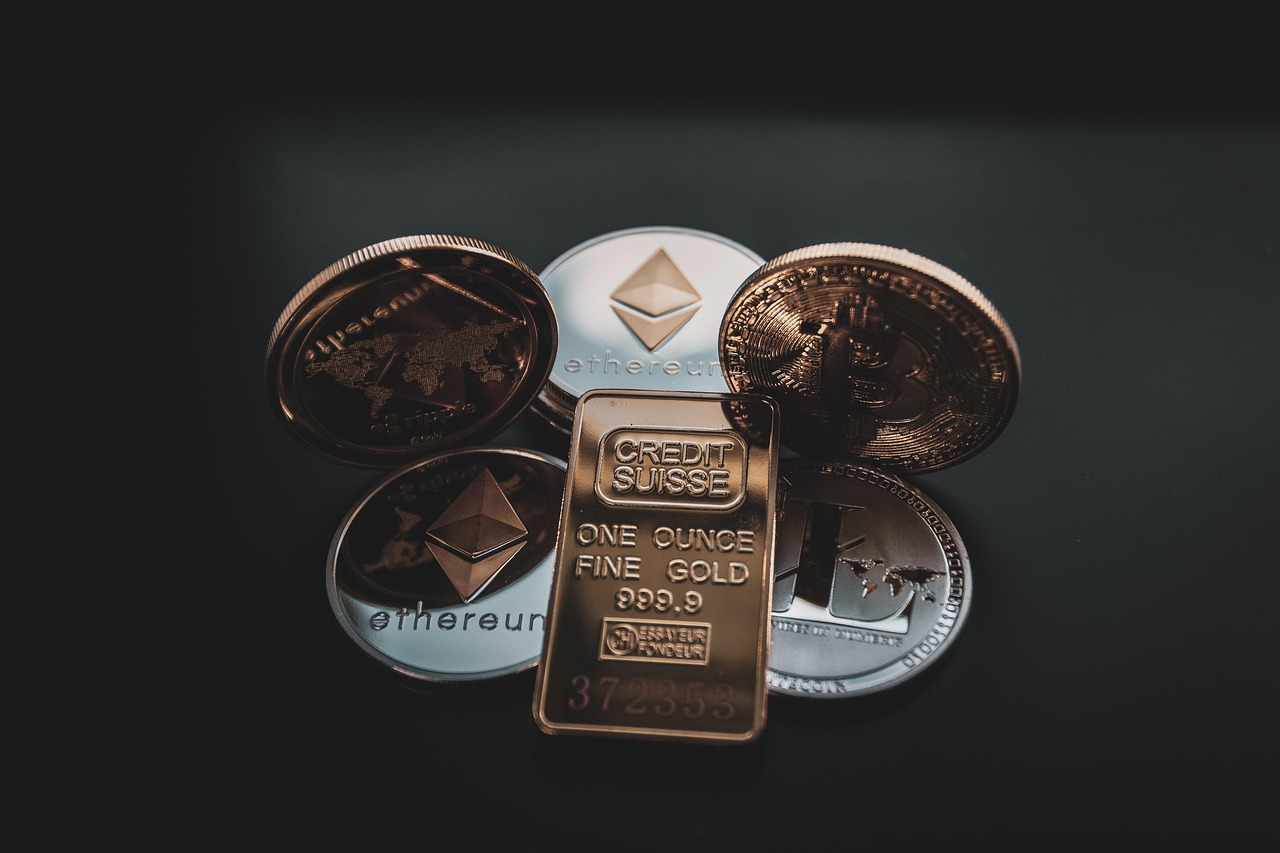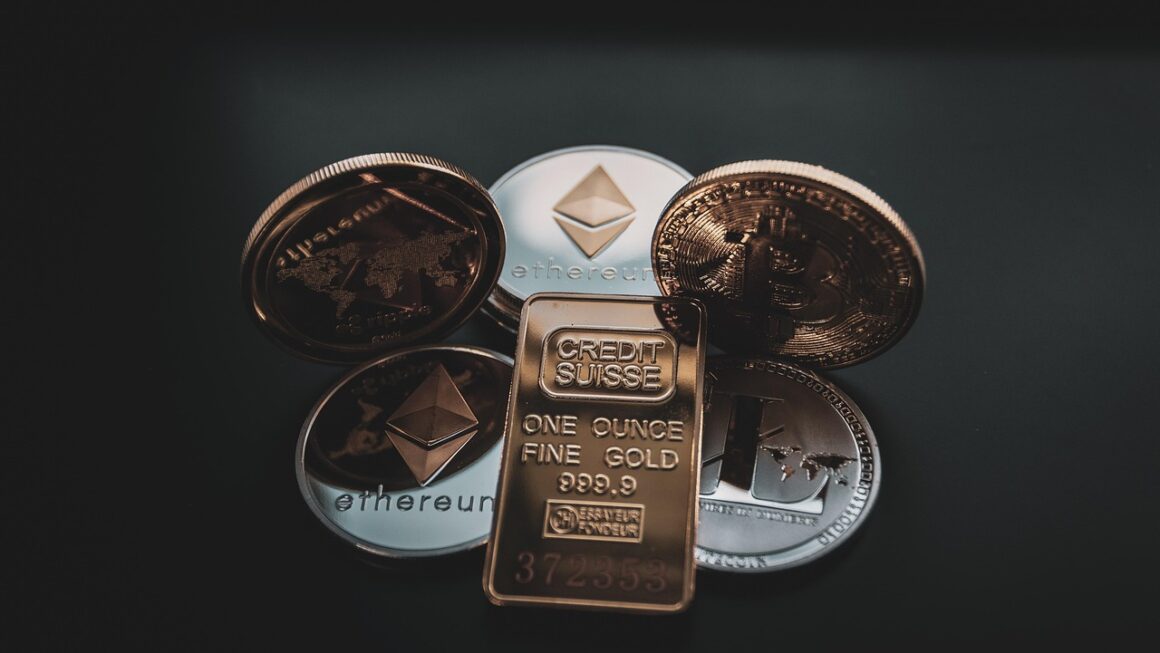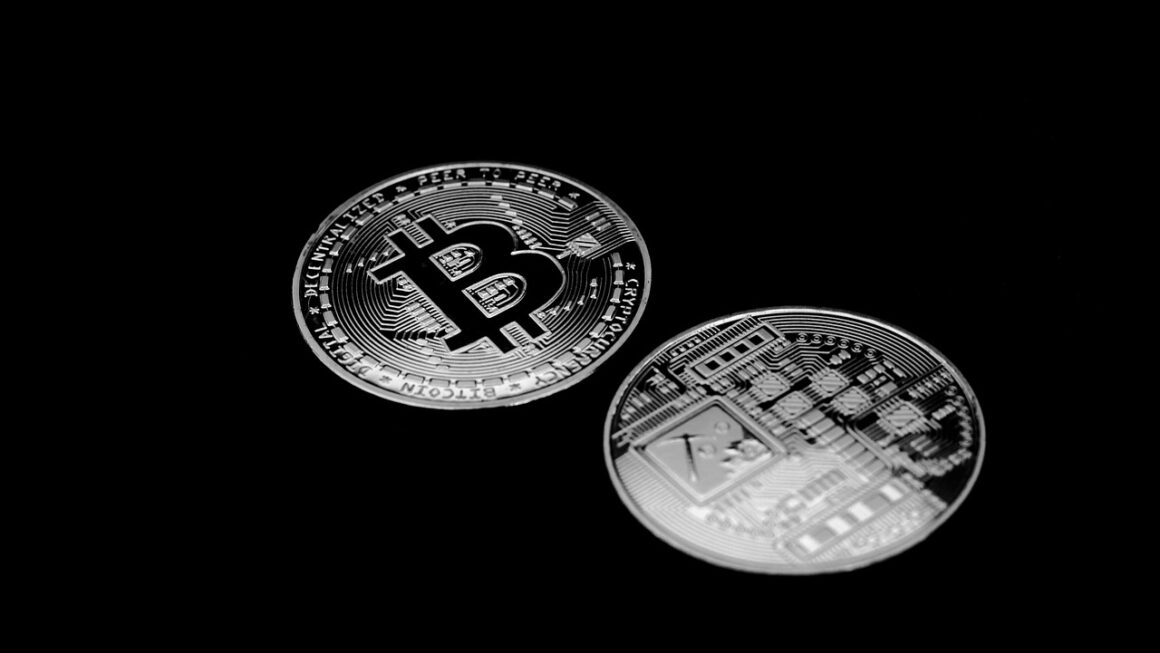Unlocking the world of cryptocurrency can feel like entering a digital treasure hunt. While Bitcoin often dominates the headlines, a vast universe of alternative cryptocurrencies, or altcoins, awaits discovery. Learning how to acquire these coins can open up new investment opportunities and allow you to explore the diverse functionalities and use cases within the blockchain space. This guide will walk you through the key methods for obtaining altcoins, helping you navigate the sometimes-complex world of crypto acquisition with confidence.
Understanding Altcoins and Their Potential
What Exactly are Altcoins?
Altcoins, short for “alternative coins,” are any cryptocurrency that isn’t Bitcoin. They were created to improve upon Bitcoin’s perceived limitations, offering different features, functionalities, and consensus mechanisms. These can range from improved transaction speeds to enhanced privacy features to specialized utility within a specific blockchain ecosystem.
- Examples of prominent altcoins include:
Ethereum (ETH): Known for its smart contract capabilities, enabling decentralized applications (dApps).
Ripple (XRP): Focused on providing faster and cheaper cross-border payments.
Litecoin (LTC): Often considered “silver to Bitcoin’s gold,” offering faster transaction confirmation times.
Cardano (ADA): A blockchain platform with a focus on sustainability and scalability.
Solana (SOL): Designed for high-throughput, low-cost transactions.
Why Consider Investing in Altcoins?
Investing in altcoins can offer several potential benefits:
- Higher Growth Potential: Some altcoins may experience significant price increases as their technology gains adoption. While riskier than Bitcoin, the potential for higher returns is a draw for many investors.
- Diversification: Adding altcoins to your portfolio can diversify your crypto holdings, reducing overall risk.
- Access to Innovative Technologies: Many altcoins are built on cutting-edge blockchain technology, offering exposure to new and exciting innovations.
- Participation in Specific Ecosystems: Some altcoins grant access to specific dApps, platforms, or services within their respective ecosystems. For example, holding certain governance tokens can give you voting rights within a decentralized autonomous organization (DAO).
Buying Altcoins on Cryptocurrency Exchanges
Centralized Exchanges (CEXs)
Centralized exchanges are the most common and user-friendly way to buy altcoins. They act as intermediaries between buyers and sellers, providing a platform for trading various cryptocurrencies.
- Examples of popular CEXs:
Binance
Coinbase
Kraken
KuCoin
Gemini
- How to buy altcoins on a CEX:
1. Create an account: Register on the exchange, typically requiring email verification and KYC (Know Your Customer) procedures, including identity verification.
2. Deposit funds: Deposit fiat currency (e.g., USD, EUR) or other cryptocurrencies (e.g., Bitcoin, Ethereum) into your exchange account.
3. Place an order: Navigate to the trading pair for the altcoin you want to buy (e.g., ETH/USD or LTC/BTC). Choose between a market order (executed immediately at the current market price) or a limit order (executed only when the price reaches a specified level).
4. Store your coins: Once you’ve purchased the altcoin, you can either leave it on the exchange (convenient but riskier) or transfer it to a personal cryptocurrency wallet for increased security.
- Pros of using CEXs:
User-friendly interface, especially for beginners.
High liquidity, making it easy to buy and sell altcoins quickly.
Wide variety of altcoins available.
- Cons of using CEXs:
Centralized, making them vulnerable to hacking and regulatory scrutiny.
KYC requirements, compromising privacy.
Custodial, meaning you don’t have direct control over your private keys.
Decentralized Exchanges (DEXs)
Decentralized exchanges operate on a peer-to-peer basis, eliminating the need for a central intermediary. They use smart contracts to facilitate trades directly between users.
- Examples of popular DEXs:
Uniswap (on Ethereum)
PancakeSwap (on Binance Smart Chain)
SushiSwap (on Ethereum and other blockchains)
Trader Joe (on Avalanche)
- How to buy altcoins on a DEX:
1. Connect your wallet: Connect a compatible cryptocurrency wallet (e.g., MetaMask, Trust Wallet) to the DEX.
2. Choose a trading pair: Select the trading pair for the altcoin you want to buy (e.g., ETH/UNI).
3. Swap tokens: Enter the amount of the cryptocurrency you want to exchange and confirm the transaction in your wallet. You’ll need to pay a gas fee (transaction fee) to process the trade on the blockchain.
- Pros of using DEXs:
Non-custodial, giving you complete control over your private keys.
More privacy, as KYC is not typically required.
Resistant to censorship and single points of failure.
- Cons of using DEXs:
Can be more complex for beginners to use.
Lower liquidity than CEXs, potentially leading to slippage (difference between expected price and actual price).
Gas fees can be high, especially on Ethereum.
Risk of impermanent loss when providing liquidity to a liquidity pool.
Mining Altcoins
What is Crypto Mining?
Crypto mining is the process of verifying and adding new transactions to a blockchain network. Miners use powerful computers to solve complex mathematical problems, and in return, they receive newly minted coins as a reward.
- Proof-of-Work (PoW): The original consensus mechanism used by Bitcoin and many other altcoins. It requires significant computational power.
Mining vs. Staking
It’s important to understand the difference between mining (PoW) and staking (Proof-of-Stake).
- Mining (PoW): Requires specialized hardware and significant electricity consumption. Miners compete to solve cryptographic puzzles to validate transactions and earn rewards.
- Staking (PoS): Involves holding and “staking” your cryptocurrency to support the network and earn rewards. No specialized hardware is required, making it more energy-efficient.
How to Mine Altcoins
While Bitcoin mining is dominated by large-scale operations, some altcoins are still mineable by individuals.
- Requirements:
Specialized mining hardware (e.g., ASICs or GPUs, depending on the altcoin).
A cryptocurrency wallet to receive your mining rewards.
A reliable internet connection.
An understanding of mining pools (optional but recommended for increased profitability).
- Example: Mining Ethereum Classic (ETC) can be done with GPUs, making it more accessible than Bitcoin mining. However, profitability depends on factors such as electricity costs, hardware efficiency, and the current price of ETC.
- Things to Consider:
Electricity Costs: Mining can be energy-intensive, so factor in electricity costs when calculating profitability.
Hardware Costs: Mining hardware can be expensive, and its efficiency degrades over time.
Mining Pool Fees: Mining pools typically charge a small fee for their services.
Earning Altcoins Through Staking
What is Crypto Staking?
Staking involves holding cryptocurrency in a wallet to support the operations of a blockchain network. By staking your coins, you help validate transactions and maintain the network’s security. In return, you earn rewards in the form of additional coins.
- Proof-of-Stake (PoS): The most common consensus mechanism used for staking. It selects validators based on the amount of cryptocurrency they hold and are willing to “stake.”
- Delegated Proof-of-Stake (DPoS): A variation of PoS where users delegate their stake to validators (also known as delegates or block producers) who validate transactions on their behalf.
How to Stake Altcoins
Staking can be done in a few different ways:
- Directly from a cryptocurrency wallet: Some wallets allow you to stake your coins directly, without needing to use a third-party platform. Example: staking Tezos (XTZ) using the Ledger Live wallet.
- Through a cryptocurrency exchange: Many exchanges offer staking services, making it easy to stake your coins and earn rewards. Example: staking Cardano (ADA) on Binance.
- Through a staking pool: Staking pools allow you to pool your coins with other users, increasing your chances of earning rewards. Example: using a staking pool for Solana (SOL).
- Benefits of Staking:
Earn passive income in the form of cryptocurrency rewards.
Help secure the network and support its operations.
No specialized hardware is required.
- Things to Consider:
Lock-up periods: Some staking programs require you to lock up your coins for a certain period, during which you cannot access them.
Staking rewards: Staking rewards vary depending on the cryptocurrency, the staking method, and the network conditions.
Slashing: In some PoS systems, validators can be penalized (slashed) for malicious behavior, resulting in a loss of staked coins.
Airdrops and Faucets
What are Crypto Airdrops?
Airdrops are distributions of cryptocurrency tokens to wallet addresses, often for free. They are typically used as a marketing strategy to raise awareness about a new project or cryptocurrency.
- Types of Airdrops:
Standard Airdrops: Tokens are distributed to anyone who meets certain criteria, such as holding a specific cryptocurrency or signing up for a newsletter.
Bounty Airdrops: Tokens are distributed in exchange for completing specific tasks, such as following a project on social media or writing a blog post.
Holder Airdrops: Tokens are distributed to users who hold a certain amount of a specific cryptocurrency.
What are Crypto Faucets?
Crypto faucets are websites or apps that give away small amounts of cryptocurrency for free. They are typically used as a way to introduce new users to cryptocurrency.
- How Faucets Work:
Users complete simple tasks, such as viewing ads, completing surveys, or solving captchas.
* In return, they receive a small amount of cryptocurrency as a reward.
- Examples: FreeBitcoin, Cointiply, Allcoins.pw.
Caveats and Considerations
While airdrops and faucets can be a way to acquire small amounts of altcoins, it’s important to be aware of the potential risks.
- Scams: Be wary of scams that promise large amounts of cryptocurrency in exchange for personal information.
- Low Rewards: Faucets typically offer very small rewards, so it can take a long time to accumulate a significant amount of cryptocurrency.
- Spam: Participating in airdrops and faucets can lead to receiving spam emails and messages.
Conclusion
Acquiring altcoins opens doors to a vibrant and evolving ecosystem within the cryptocurrency space. Whether you choose to buy them on centralized or decentralized exchanges, mine them (if feasible), stake them to earn rewards, or explore airdrops and faucets, understanding the various methods and their associated risks is crucial. Remember to always conduct thorough research, diversify your portfolio, and prioritize security to navigate the altcoin landscape successfully. The key to unlocking the potential of altcoins lies in informed decision-making and a proactive approach to learning about this exciting and ever-changing world.




